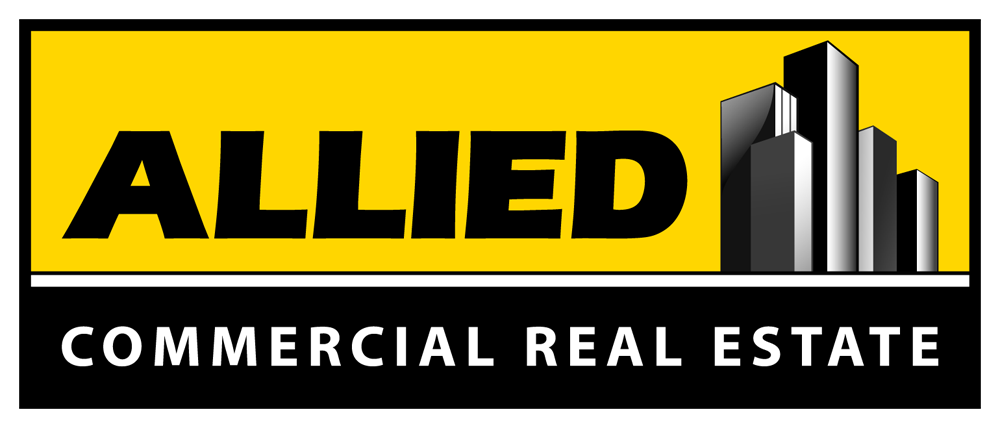A great deal has been written about the e-commerce hunger for warehouse and distribution space. This ever-growing demand from the Amazons, eBays and others is leading to single-digit vacancies, six- and seven-figure absorption numbers and increasing deliveries of still more space in many markets across the United States.

The same thing can be said for coastal port-area distribution centers and storage buildings. Although international exports are so strong due to global issues, imports into the U.S. are doing quite well. We’ll have more information on the national trends among ALL CRE sectors at our upcoming Real Estate Market Review & Forecast on Jan. 25. Magic in SoCal
All of this is very good news for a region that, just a short while ago, had vacancy rates close to 20%, and regular reports of negative net absorption. Because of continuing demand, it’s safe to say that Southern California will experience more of the same in 2017, with increasing rent rates as more companies vie for decreasing industrial space. Ventura Highway? So, what gives in Ventura? The areas within the submarket reporting negative absorption are Ventura (-92,743 square feet) and Moorpark/Simi Valley (-22,523 square feet). These are also areas with a lack of additional space for relocation and expansion. Basically, tenants are finding Ventura a difficult place if they want to grow. They’re finding better luck in other submarkets with higher deliveries, which could explain the poor absorption performance. So, it’s not that the submarket is sluggish. Rather, the submarket is great. The problem is the lack of available inventory. Having said all that, the Ventura submarket’s vacancy rate of 3.6% is still low, even with a negative absorption rate. The Moorpark/Simi Valley area reported the highest vacancy rate at 6.7%. “High,” in this case, is subjective. Typically, a 5%-10% vacancy rate is considered to be a market in equilibrium. Anything under 5% means demand is outstripping supply. Taking this discussion a point further, even Moorpark/Simi Valley, with its “higher” vacancy rate, is technically in equilibrium. Even more interesting is that Moorpark/Simi Valley area has the highest construction number, at 141,030 square feet under development. Whether this submarket will continue having negative absorption in 2017 remains to be seen. Leases are still taking place, even as little space is coming to market. But unless and until more product is built, tenants might look at other submarkets in which to expand or relocate. |
||||||||||||||||||||
|





